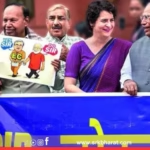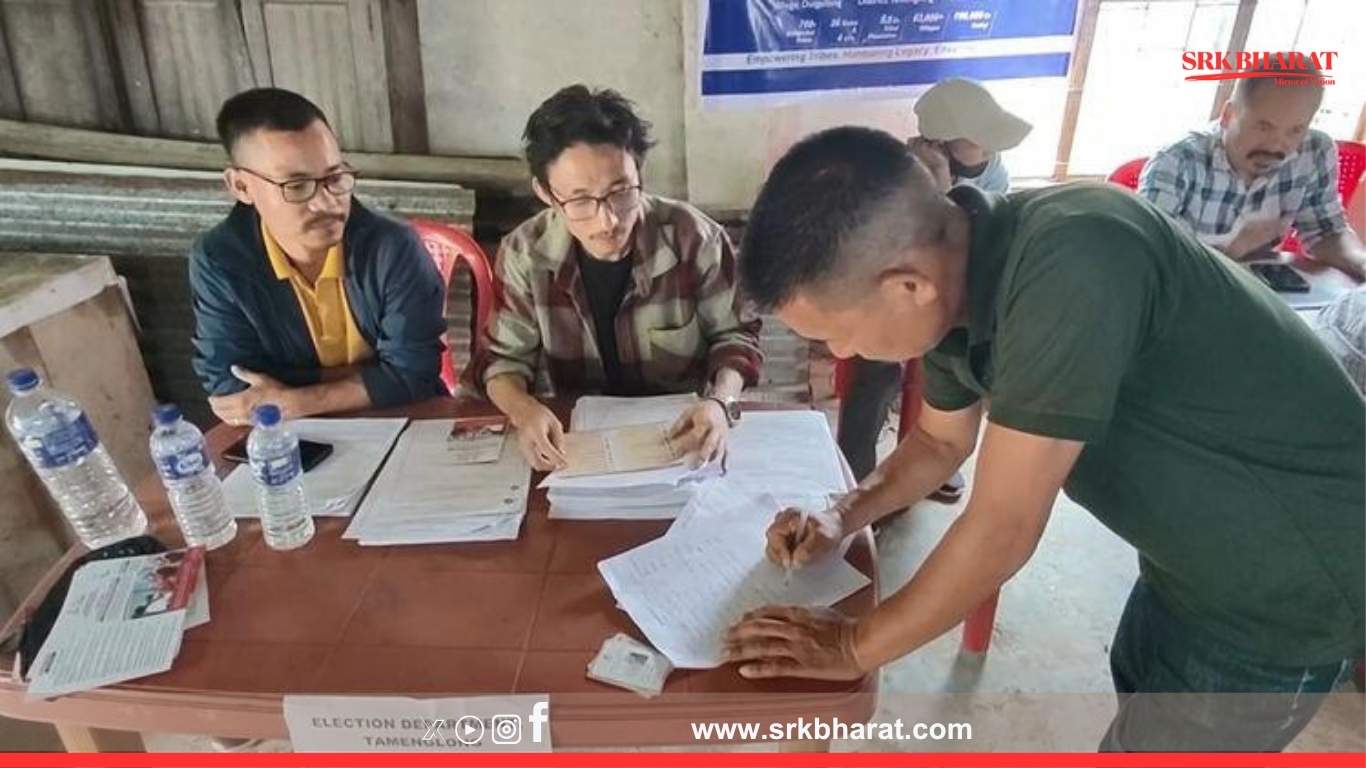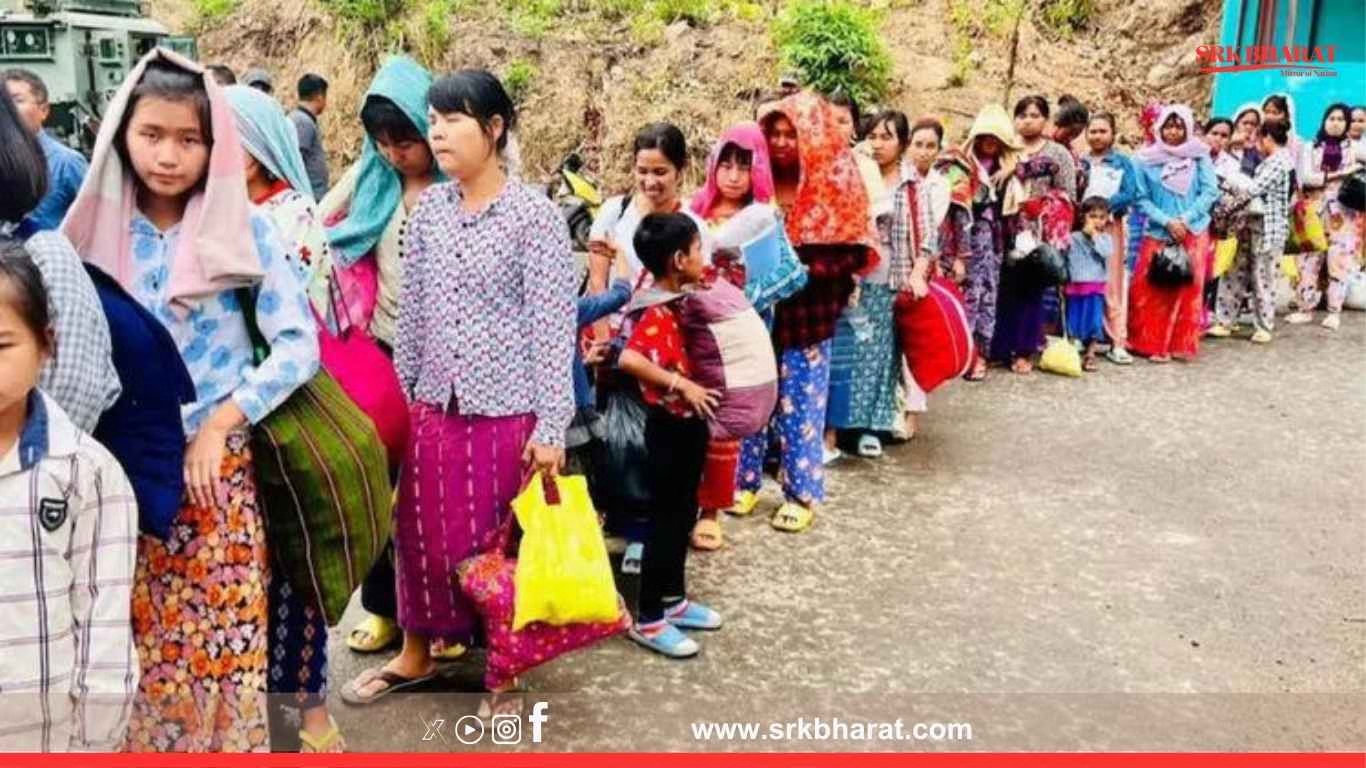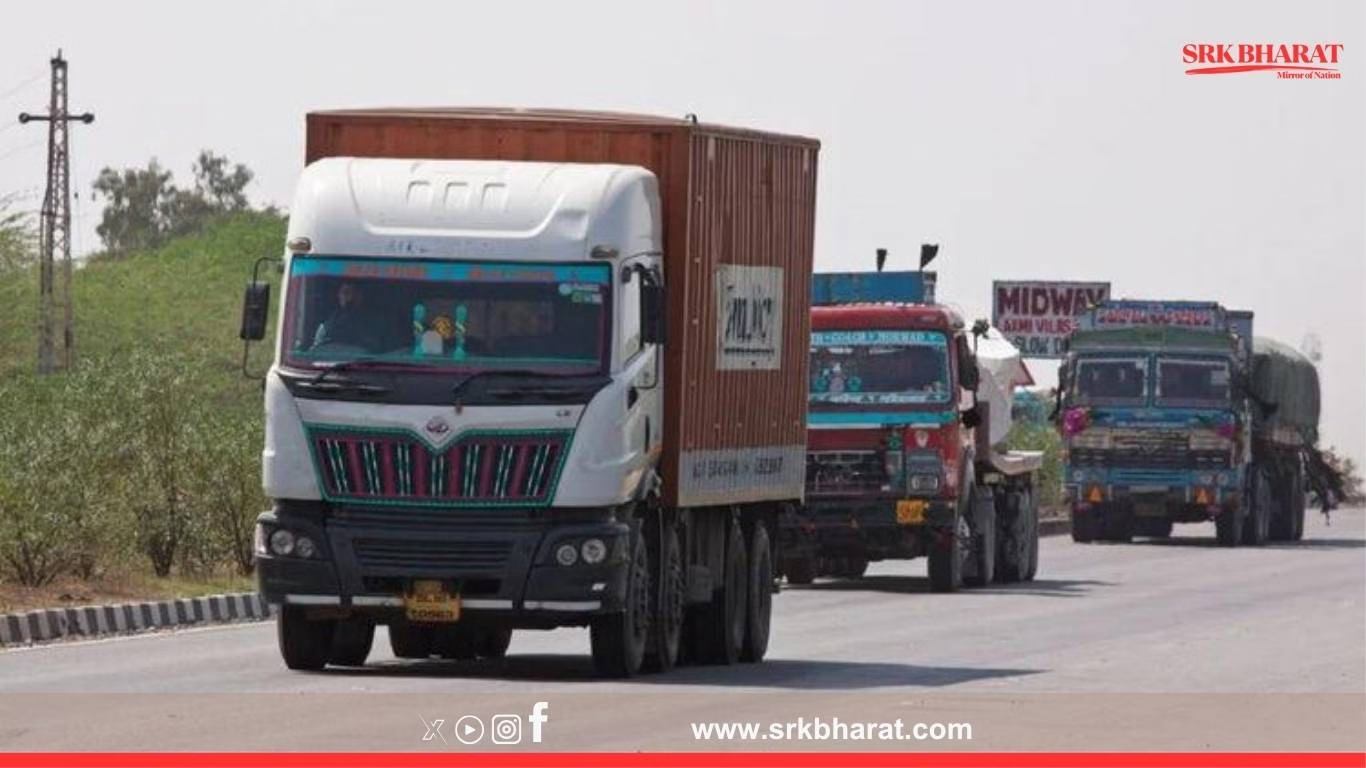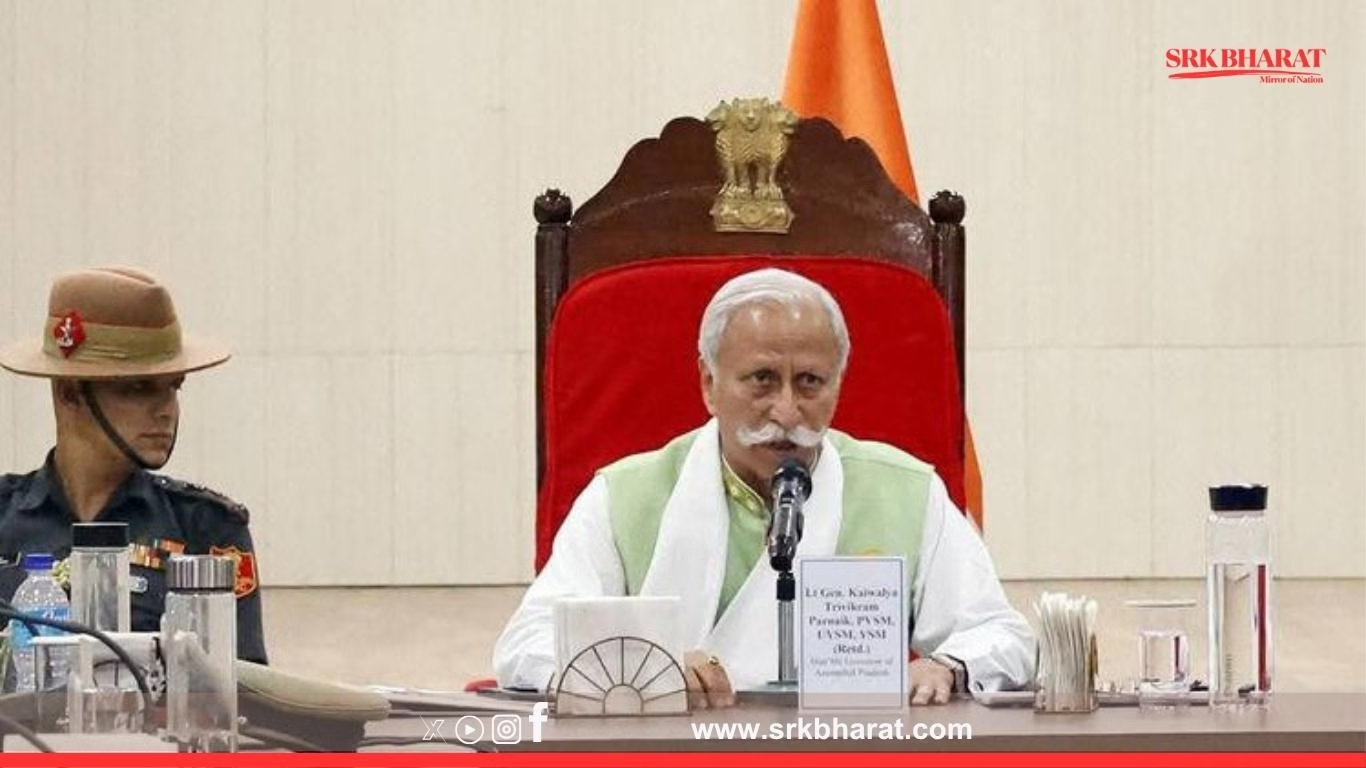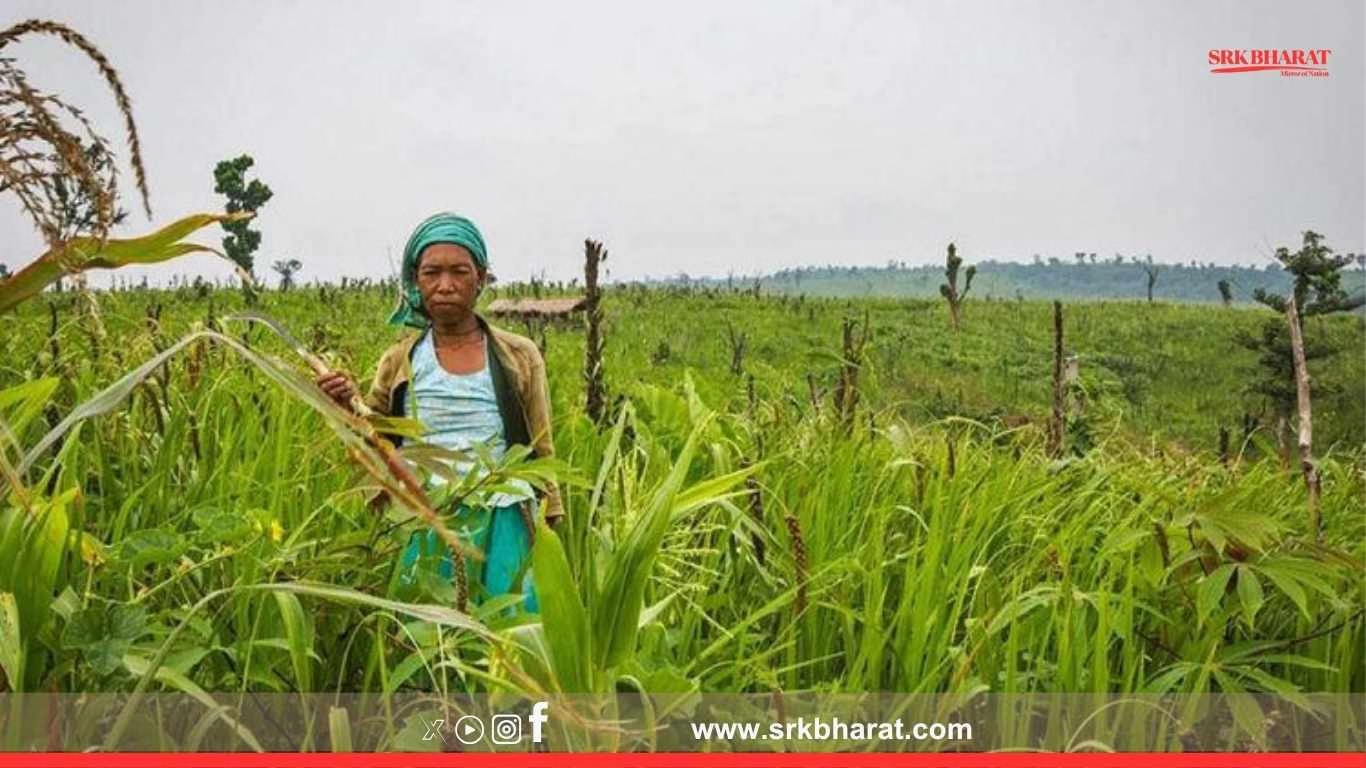The government’s focused outreach in Manipur’s hill districts has brought about a silent yet powerful transformation, reaching the doorsteps of some of the most remote tribal communities with welfare, infrastructure, and livelihood support initiatives. Amid longstanding demands for equitable development between the valley and hill districts, this effort signals a paradigm shift in inclusive governance and tribal welfare delivery.
Decentralised Governance Strategy For Hill Districts
Under the vision of Prime Minister Narendra Modi’s ‘Sabka Saath, Sabka Vikas, Sabka Vishwas, Sabka Prayas’, the Manipur government, led by Chief Minister N Biren Singh, launched a robust outreach programme titled Go to Hills and Go to Village missions to bridge the development gap.
The strategy included:
- Direct transfer of welfare schemes and benefits without bureaucratic delays
- On-ground grievance redressal camps for instant resolution
- Deployment of senior officers and ministers for periodic reviews
- Monitoring committees comprising tribal elders for accountability
Key Welfare Benefits Delivered
| Scheme / Initiative | Key Features | Beneficiaries In Hill Districts |
|---|---|---|
| PM Awas Yojana-Gramin | Houses for homeless tribals | 28,500 families |
| Jal Jeevan Mission | Tap water supply to remote villages | 1.1 lakh households |
| PMGSY Road Projects | All-weather roads in hilly terrains | 3,200 km roads built/upgraded |
| Health Outreach Camps | Specialist health services with telemedicine | Over 2.5 lakh treated |
| Skill Development Centres | Training in carpentry, weaving, hospitality | 15,000 youth trained |
| Livelihood Support (NRLM) | Women SHGs linked to markets | 11,000 SHGs formed |
Pivot Analysis: Manipur’s Development Gap
| Indicator | Valley Districts Average | Hill Districts Average |
|---|---|---|
| Literacy Rate (%) | 82.3 | 68.5 |
| Households with Tap Water (%) | 76.4 | 41.2 |
| Pucca Roads Connectivity (%) | 79.1 | 54.7 |
| Institutional Deliveries (%) | 88.2 | 61.3 |
| SHG Bank Linkage (₹ crore) | 214 | 92 |
Source: State Planning Department 2024
The outreach programme is thus addressing these structural gaps with targeted investments and welfare delivery.
Focus On Tribal Livelihood And Cultural Identity
Chief Minister N Biren Singh emphasised during a recent visit to Ukhrul:
“Our tribal brothers and sisters have been the protectors of Manipur’s natural heritage and culture. Their progress is Manipur’s progress. We are taking governance to their doorsteps and empowering their youth and women.”
Key livelihood initiatives include:
- Value Chain Development: Pineapple, orange, and ginger clusters linked to agri-export hubs
- Weaving Hubs: Traditional tribal handloom weaving centres modernised with design training and market access
- Eco-Tourism Development: Homestay schemes in Senapati, Ukhrul, Tamenglong, and Churachandpur
- Forest-Based Livelihoods: Wild apple, broom grass, and medicinal herb harvesting integrated with processing units
Health And Education Gains
The government established ‘Hill Model Schools’ equipped with smart classrooms and recruited teachers from local communities to improve school attendance. In healthcare, mobile medical units and District Telemedicine Centres now connect specialist doctors in Imphal with Primary Health Centres in hills via satellite internet.
Table: Sectoral Distribution Of Major Projects In Manipur Hills (2019-2025)
| Sector | No. of Projects | Total Outlay (₹ crore) |
|---|---|---|
| Roads & Bridges | 412 | 1,750 |
| Drinking Water & Sanitation | 327 | 980 |
| Health & Nutrition | 145 | 540 |
| Education Infrastructure | 118 | 640 |
| Livelihood & Skill | 164 | 460 |
| Power & Digital Connectivity | 95 | 720 |
| Others (housing, irrigation, etc.) | 210 | 610 |
| Total | 1,471 | 5,700 |
Community Response: Newfound Hope Amid Challenges
While recent ethnic tensions have strained the social fabric, villagers in Chandel and Kangpokpi voiced optimism over uninterrupted welfare delivery. A village elder in Chandel stated:
“Earlier we had to walk for hours to submit documents in district offices. Now officers come to us. Children have smart classrooms. Roads are better. It feels like we matter.”
Challenges In Implementation
Despite successes, implementation challenges persist:
- Ethnic tensions and inter-community distrust affecting smooth delivery in certain pockets
- Difficult terrain delaying road and water supply projects
- Teacher and doctor shortages despite recruitment drives
- Market linkages for tribal produce remain weak due to lack of processing infrastructure
Officials note that multi-stakeholder collaboration, tribal consultations, and community monitoring are crucial for overcoming these bottlenecks.
National Perspective: Tribal Welfare And Northeast Focus
Manipur’s hill outreach is part of India’s larger tribal development vision, which includes:
- Eklavya Model Residential Schools for tribal students
- Van Dhan Vikas Kendras promoting forest produce value addition
- Connectivity Projects under North East Special Infrastructure Development Scheme
- Skill India and Startup India tailored for tribal youth
Future Plans For Hills
The state has outlined further plans, including:
- Expansion of broadband connectivity for e-governance and telemedicine
- Setting up mini food parks for ginger, pineapple, broom grass processing
- Strengthening district hospitals with ICUs and dialysis units
- Renewable energy microgrids to electrify unconnected hamlets
Conclusion
The outreach programme has fostered government-people trust, decentralised welfare delivery, and improved living standards in Manipur’s tribal hills. Sustainable progress will depend on ensuring peace, community ownership of projects, and market linkages for tribal enterprises, creating pathways for equitable growth across the state’s diverse regions.
Disclaimer: This news content is prepared for informational and editorial purposes, reflecting government announcements, public statements, and developmental data. Readers are advised to refer to official reports, state releases, and tribal welfare department documents for project-specific financial and implementation details before using it for business, policy, or academic decisions.

